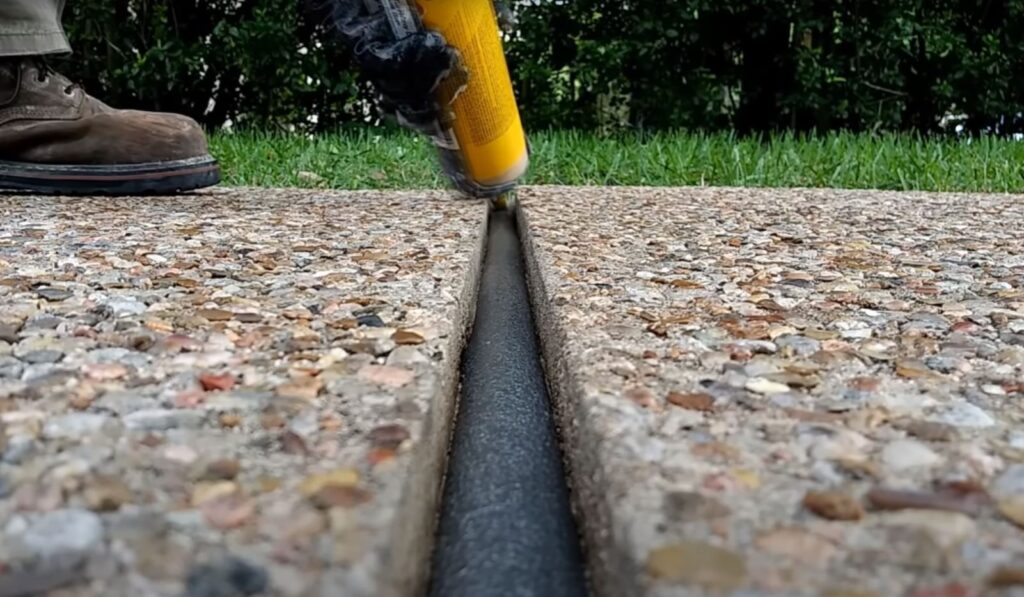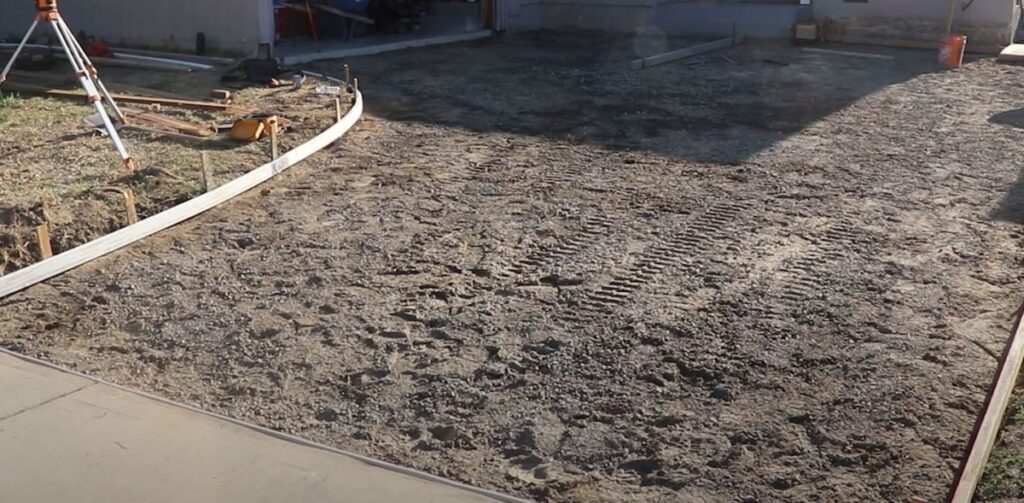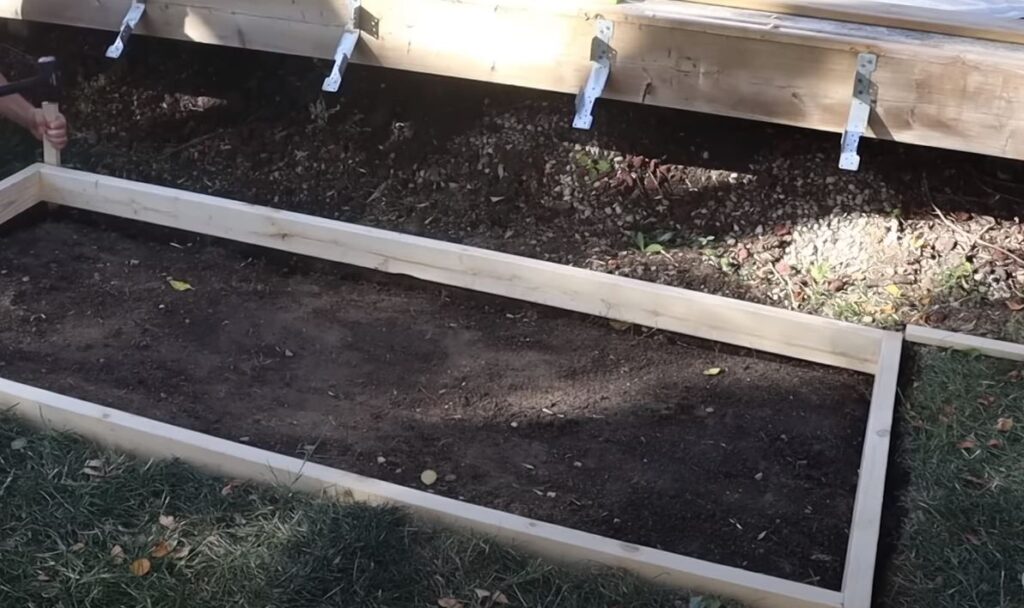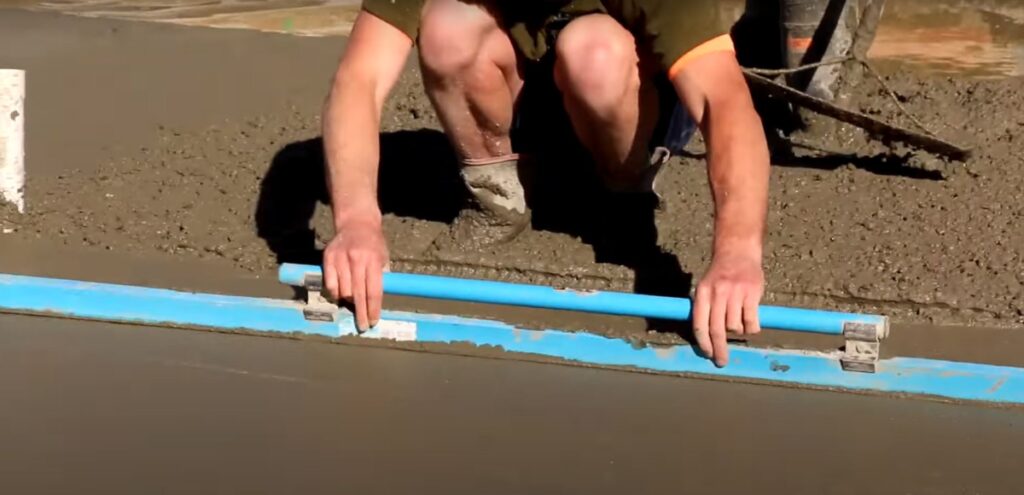Understanding the Role of Joints in Concrete Driveways
When you stroll through the leafy suburb of Takapuna or the scenic lanes of Mission Bay, one can’t help but notice the sleek, well-maintained concrete driveways. But what’s the secret behind their longevity? One essential component is the presence of expansion joints in the concrete driveway.
Purpose of Expansion Joints in Concrete Driveways
Joints are intentional breaks in concrete slabs. Their primary purposes include:
- Control Cracking: Concrete contracts and expands with temperature fluctuations. Without joints, this movement can result in uncontrolled, random cracks.
- Allow Expansion: During warmer months, concrete can expand. Joints provide the necessary space to accommodate this expansion without causing damage.
- Isolation: Joints can separate the concrete slab from other parts or structures, ensuring independent movement.
Types of Joints Used in Driveway Construction
Understanding the types of joints can be crucial for any concrete driveway project in Auckland:
- Contraction Joints: Aimed at creating weakened areas to control where cracks form due to shrinkage.
- Expansion Joints: They allow the concrete slabs to expand without pushing against and damaging adjacent structures.
- Construction Joints: Used between separate concrete placements, typically when pouring is interrupted or cannot be completed in a single go.
Auckland’s Unique Construction Challenges
Auckland’s humid climate, combined with its varying topography, can pose unique challenges:
- Soil Movement: Areas with clay-rich soil, like some patches in Takapuna, can experience soil movement, necessitating precise joint placements to counteract potential issues.
- Coastal Effects: In places like Mission Bay, salt-laden air can influence the longevity and performance of concrete. Proper joint installation helps mitigate potential damages.
Health and Safety Aspects in Joint Installation
Ensuring safety during joint installation is paramount. Key considerations include:
- Proper Equipment: Utilising safety gear, including gloves and eyewear, especially when applying joint sealants.
- Correct Techniques: Following best practices in joint depth and spacing to ensure long-lasting and safe concrete driveways.
- Regular Inspection: Over time, joints might wear out or get filled with debris. Regularly inspecting and maintaining them prevents tripping hazards and prolongs the driveway’s lifespan.
When to Consider Alternatives
While joints are essential for concrete driveways, some scenarios or preferences might push Auckland homeowners to explore alternatives:
- Decorative Patterns: For homeowners wanting intricate patterns without the visual interruption of joints, other materials or concrete laying techniques might be more suitable.
- Specific Aesthetics: Some may prefer the uninterrupted look of joint-free surfaces, though it’s crucial to understand the potential risks.
Comparison of Concrete Solutions
| Solution | Joint Requirement | Aesthetic Appeal | Longevity | Maintenance Needs |
| Traditional Concrete | Yes (to prevent cracks) | Smooth, grey | Long | Regular sealing, cleaning |
| Stamped Concrete | Yes (design allowing) | Varied patterns | Moderate | Sealant, colour upkeep |
| Exposed Aggregate | Yes | Textured, multi-coloured | Long | Regular sealing |
| Pervious Concrete | Yes | Porous, textured | Moderate | De-clogging, sealing |
Demystifying Misconceptions on Joints in Concrete Driveways
Misconception 1: Joints Weaken the Concrete Structure
Reality: Joints are designed to enhance the longevity of concrete driveways. They prevent random cracking by guiding the cracks to form at the joints, maintaining the structural integrity of the entire slab.
Misconception 2: The More Joints, the Better
Reality: Joints need to be strategically placed, and their number and spacing depend on various factors, including the concrete’s dimensions and environmental factors. Over-jointing can lead to unnecessary construction complications and costs.
Misconception 3: Joints are Merely Aesthetic Features
Reality: While joints can be incorporated into decorative concrete designs, their primary purpose is functional – to control where cracks occur and to allow for expansion and contraction.
Misconception 4: All Joints Serve the Same Purpose
Reality: Not all joints are the same. Contraction joints control cracking due to shrinkage, expansion joints manage temperature-induced expansion, and construction joints connect old and new pours.
Misconception 5: Sealed Joints are Just for Visual Appeal
Reality: Sealing joints is more than an aesthetic choice. It prevents water infiltration, which can lead to freeze-thaw damage, and stops debris from settling in, which can impede the slab’s movement.
Misconception 6: Joints Can be Added After the Concrete has Set
Reality: Joints must be planned and incorporated during the pouring phase or shortly after, depending on the type. Once the concrete has set, adding joints is not only challenging but may not serve their intended purpose.
Misconception 7: Concrete Doesn’t Require Joints in Mild Climates
Reality: Regardless of the climate, concrete experiences expansion and contraction. While Auckland’s specific climate might influence joint depth or spacing, the necessity of joints remains.
Misconception 8: Joints Prevent All Types of Cracks
Reality: While joints do control and limit the formation of cracks, they can’t prevent all types. Issues like heavy loads, ground movement, or poor sub-base preparation can still lead to cracks in concrete driveways.
Engage the Right Professionals
The intricate nature of concrete driveways, especially concerning joint placement and maintenance, underscores the importance of skilled concreters. For homeowners in Auckland, seeking assistance from Professional Concrete Driveways Auckland ensures a combination of technical expertise, local knowledge, and top-tier results.
Key Takeaways on Concrete Driveway Joints
Joints Enhance Longevity Expansion Joints in concrete driveways are intentionally placed to control cracking, ensuring the longevity and structural integrity of the slab.
Strategic Placement is Crucial While joints are beneficial, their effectiveness relies on strategic placement. Over-jointing can lead to unnecessary complexities.
Functionality Over Aesthetics Though joints can be incorporated into decorative designs, their primary role remains functional, guiding cracks and allowing for concrete movement.
Variety in Joint Purpose Not every joint serves the same purpose. The differences between contraction, expansion, and construction joints are significant and dictate their placement and formation.
Sealing is More Than Just Looks Joint sealing, while aesthetically pleasing, plays a critical role in preventing water damage and debris accumulation, ensuring the driveway’s smooth function.
Pre-planning is Essential Joints need to be considered during the design and pouring phase. Post-set additions aren’t feasible and won’t provide the intended benefits.
Joints are Universally Essential Regardless of the climate, from the tropical warmth to the mild winters, concrete will always need joints to manage its inherent properties of expansion and contraction.
Joints Aren’t a Cure-All Solution Though crucial, joints aren’t a guarantee against all cracks. Proper base preparation, understanding load limits, and regular maintenance play a part in a crack-free driveway.




